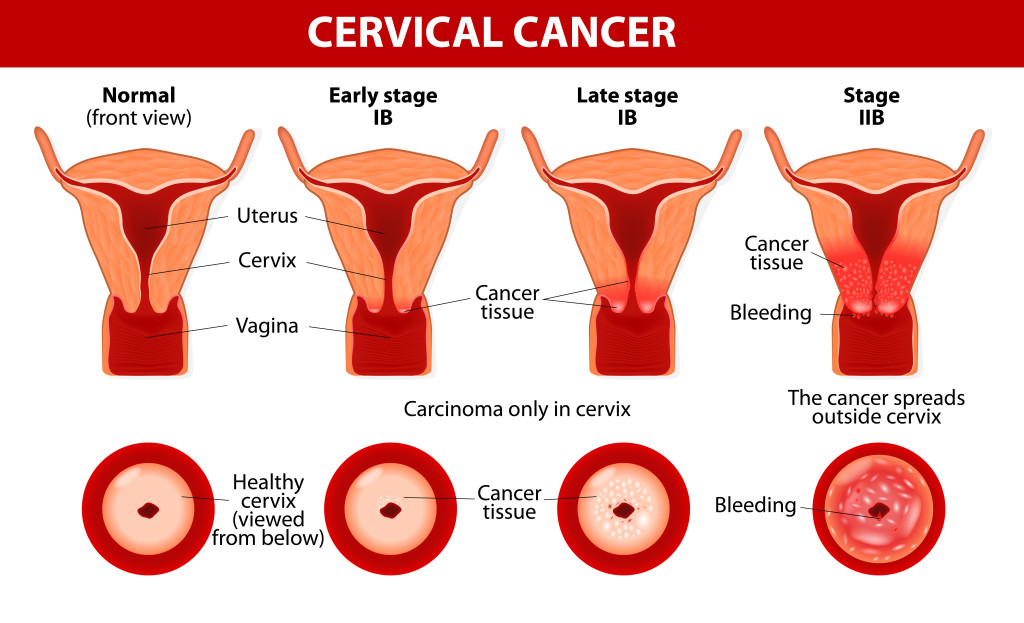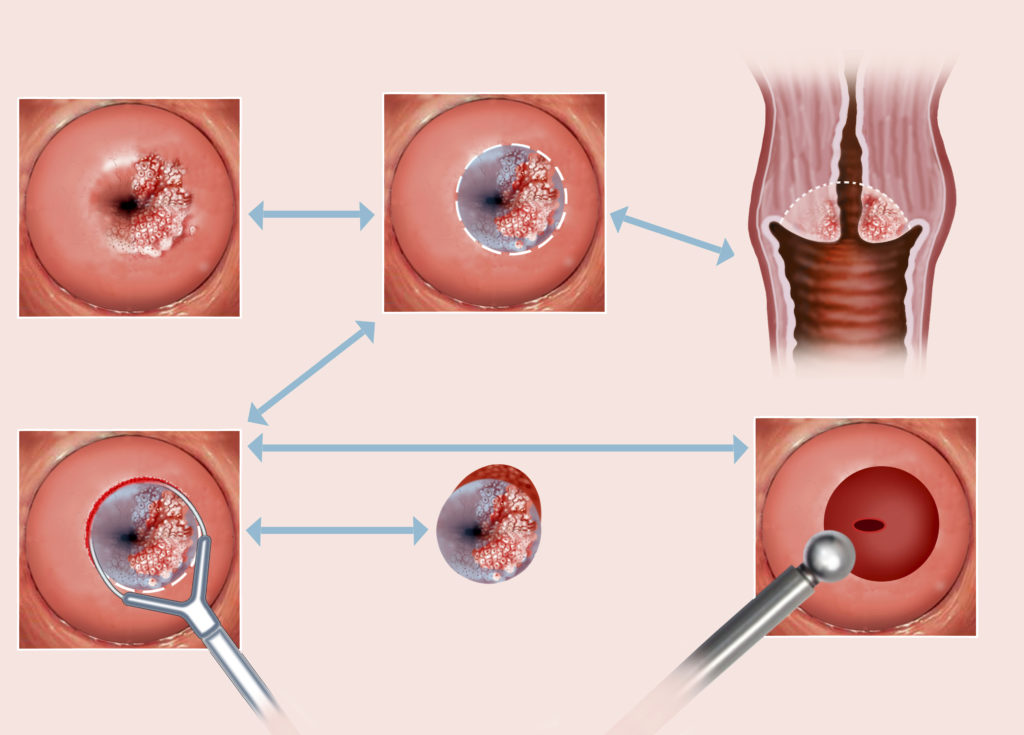Cervical Cancer Doesn’t Stop Erin Andrews

Erin Andrews, Fox sideline sportscaster and Dancing with the Stars co-host, surprised many when she admitted that she was recently diagnosed and treated for cervical cancer. Speaking in an interview with MMQB, Andrews, 38, said that she was diagnosed with cervical cancer in September 2016.
This came shortly after her highly publicized civil suit against the Nashville Marriott, where, in 2008, a stalker took naked pictures of Andrews and posted them online. The trial was, at times, grueling for Andrews, but she thought about football players and coaches who inspired her to get through her testimony. “Football is such a huge part of my life,” Andrews says. “It helped me get through the trial. On the witness stand, I said being on the field is ‘my happiness, my escape,’ and I truly believe that. I couldn’t wait to return to the sideline.” Andrews ultimately came out on top- winning a $55 million judgement in her favor.
Andrews’s cancer was detected during a routine screening, and on October 11, she underwent her first surgical procedure. She told her doctors that she did not plan to miss the football game she was scheduled to work that Sunday:
“I’m not watching any football games at home this year,” she told him. “This is our [Fox’s] Super Bowl year, and I’m not missing the Super Bowl.”
“Should I have been standing for a full game five days after surgery? Let’s just say the doctor didn’t recommend that,” Andrews says. “But just as I felt during my trial, sports were my escape. I needed to be with my crew.”
She returned to Cedars-Sinai on Nov. 1 for another procedure. She received the good news from her doctor on Nov. 17: “The margins were clear. There would be no need for radiation or chemotherapy.”
“After the trial everyone kept telling me, ‘You’re so strong, for going through all of this, for holding down a job in football, for being the only woman on the crew. Finally I got to the point where I believed it too. ‘Hey, I have cancer, but dammit, I am strong, and I can do this.’ ”
10 Things to Know about Cervical Cancer
ONE: Cervical cancer usually develops slowly over time. Before cancer appears in the cervix, the cells of the cervix go through changes known as dysplasia, in which abnormal cells begin to appear in the cervical tissue. Over time, the abnormal cells may become cancer cells and start to
grow and spread more deeply into the cervix and to surrounding areas.
TWO: Infection of the cervix with human papillomavirus (HPV) is almost always the cause of cervical cancer. Not all women with HPV infection, however, will develop cervical cancer. Women who do not regularly have tests to detect HPV or abnormal cells in the cervix are at increased risk of cervical cancer.
THREE: There are usually no signs or symptoms of early cervical cancer but it can be detected early with regular check-ups.
FOUR: When symptoms are present, they may include:
- Vaginal bleeding (including bleeding after sexual intercourse).
- Unusual vaginal discharge.
- Pelvic pain.
- Pain during sexual intercourse.
FIVE: A pap test and testing for human papilloma virus (HPV) are the most important tests for detecting early cancer and determining risk for cancer.
Pap test: A procedure to collect cells from the surface of the cervix and vagina. A piece of cotton, a brush, or a small wooden stick is used to gently scrape cells from the cervix and vagina. The cells are viewed under a microscope to find out if they are abnormal. This procedure is also called a Pap smear.
Human papillomavirus (HPV) test: A laboratory test used to check DNA or RNA for certain types of HPV infection. Cells are collected from the cervix and DNA or RNA from the cells is checked to find out if an infection is caused by a type of HPV that is linked to cervical cancer.
SIX: After cervical cancer has been diagnosed, tests are done to find out if cancer cells have spread within the cervix or to other parts of the body. This will determine what stage the cancer is.
In stage III, cancer has spread to the lower third of the vagina, and/or onto the pelvic wall, and/or has caused kidney problems.
In stage IV, cancer has spread beyond the pelvis, or can be seen in the lining of the bladder and/or rectum, or has spread to other parts of the body.
SEVEN: Treatment of cervical cancer may include surgery, chemotherapy, radiation therapy, targeted therapy (bevacizumab, AVASTIN®) or a combination of these.
EIGHT: Conization is a procedure to remove a cone-shaped piece of tissue from the cervix and cervical canal. A pathologist views the tissue under a microscope to look for cancer cells. Conization may be used to diagnose or treat a cervical condition. This procedure is also called a cone biopsy.
NINE: Total hysterectomy is surgery to remove the uterus, including the cervix. In a radical hysterectomy a surgeon removes the uterus, cervix, part of the vagina, as well as a wide area of ligaments and tissues around these organs. The ovaries, fallopian tubes, or nearby lymph nodes may also be removed.
TEN: Vaccines that protect against HPV infection greatly reduce the risk of cervical cancer. These vaccines do not protect women who are already infected with HPV.
The Food and Drug Administration (FDA) has approved two HPV vaccines: Gardasil® for the prevention of cervical, anal, vulvar and vaginal cancer and and Cervarix® for the prevention of cervical cancer and precancerous cervical lesions caused by HPV infection. The vaccines are given through a series of three injections over a 6-month period.
These vaccines are proven to be effective only if given before infection with HPV, so it is recommended that they be given before an individual is sexually active. The Advisory Committee on Immunization Practices (ACIP) recommends:
- Initiation of routine HPV vaccination at age 11 or 12 years (the vaccination series can be started beginning at age 9 years)
- Vaccination of females aged 13 through 26 years and of males aged 13 through 21 years who have not been vaccinated previously or who have not completed the three-dose vaccination series. Males aged 22 through 26 years may be vaccinated.






























0 comments